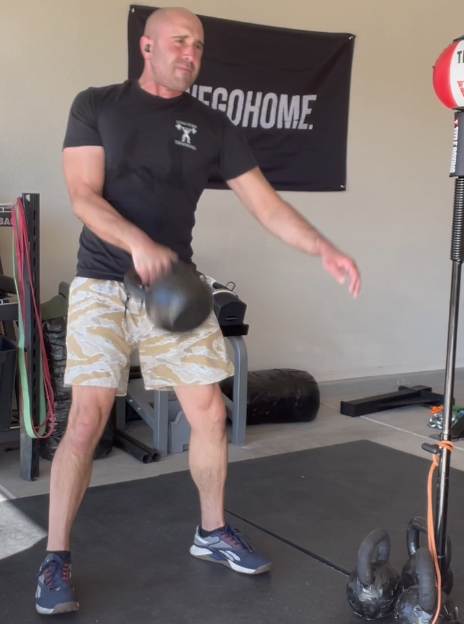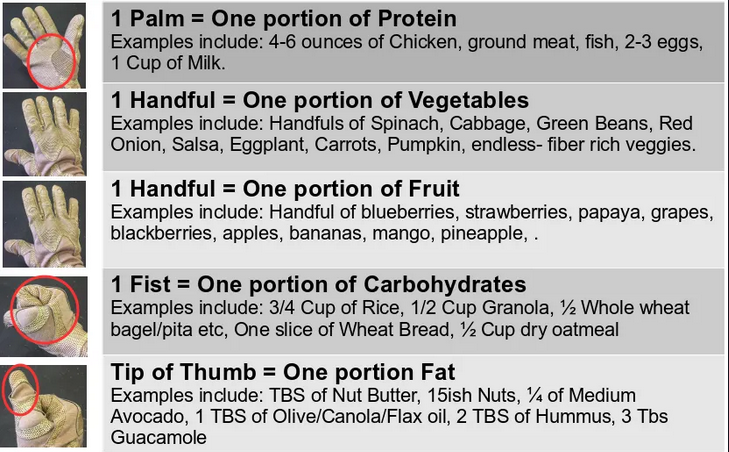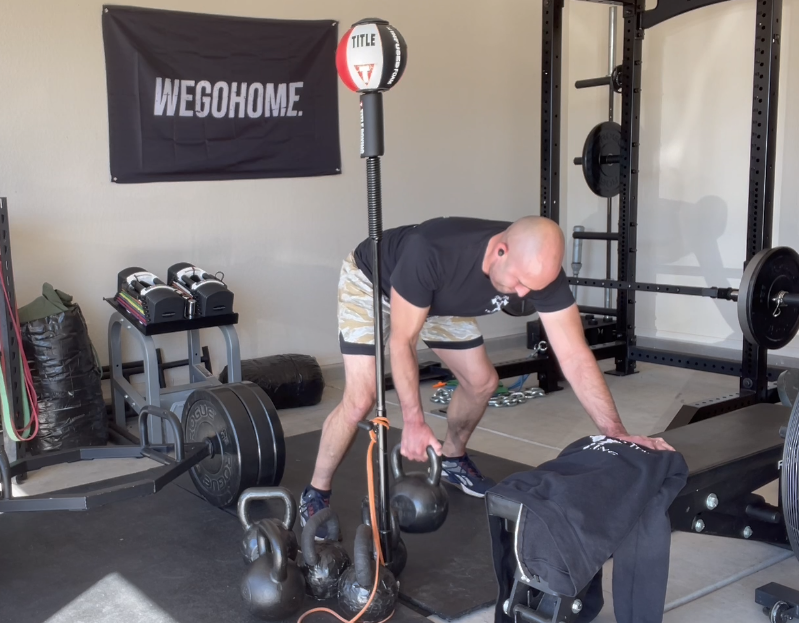I remember my midback going in to spasm during a workout while I was trying to keep up with the experienced strength staff at a division one university. Even with the incredible leaders I have been blessed to have worked with over the years, these coaches were truly impressive. Backgrounds ranging from professional sports, Olympics, and elite collegiate programs. A wealth of knowledge I often took for granted.
I was an intern, and I remember one coach who had just missed making the NFL his career kind of smiling as he walked by me in pain and over the blaring music said:
“Too much too soon.”
Of course, I was in my early twenties at the time, so naturally I knew everything and dismissed his point...I just needed to work harder...and of course the muscle tweaks continued and the progress slowed.
The reality is the man was right. Who knew the guy with decades of experience spanning the strength field, collegiate football, and the NFL knew more than twentyish year old me? Although I thought I had years of training under my belt...but the reality was I never really trained.
Training would require one to stop and think not where you’re at in 4 weeks...but over months or years. This is where another form of discipline comes in...patience. It requires patience to build your ability to handle stress...this is sometimes referred to as work capacity.
This is not a science article...my non science definition of work capacity is the overall base of fitness one builds to spring board into other fitness endeavors. It is a point I constantly hit...taking the time to build our foundation before we add intensity. If you do this, you’re less likely to get injured, you’ll recover better from hard training, and you’ll be setting the stage for long term progression. We will discuss four methods below.
Methods
Zone 2
Zone 2 is currently “back in” the strength and conditioning world. It made a great comeback for good cause. Typically this is doing almost any activity where one maintains their heart rate around 115-150 bpm. There are many ways to do this, but I would suggest in this context using modalities that are somewhat cyclic in nature. You can use various Kettlebell or Medball circuits, but the idea here shouldn’t be to spike our blood pressure like with traditional strength training and then stand there nodding at our heart rate monitor during a 3 minute rest period. Think moderate to lower intensity and keep moving. You can even combine a cyclic modality, corrective exercises, or other lower intensity movements like high rep band work. This is all dependent on your goals and your fitness.
Why is this a great tool for developing work capacity? You can easily add this in almost any day of the week. Most people still usually need a rest day or two during the week, but you can sneak in a short 20 minute sessions almost anywhere...even at the end of strength training or hard conditioning days...and get more work in. Warm up can also be a great place for this. Especially as we get older.
Tempo Intervals
I program these constantly due to their versatility. These are essentially 10-15 second intervals, at 70% or so effort, followed by full recovery and then repeated. Running, biking, KB swings, MB throws, and other tools are fair game to use this method. After each interval allow your heart rate to return to 130-140bpm or so before going again.
Think of these as the next layer of brick you can lay on top of your zone 2 work. These are also easy to add almost anywhere and shouldn’t interfere with your other training. Again, for a lot of people adding some of these in during a warm up is great and doesn’t really add much time to your session.
Spending Time With Moderate Loading
This is another big one that I think is overlooked. Spend a substantial amount of time with lighter to moderate loading in your strength training BEFORE testing strength or heavy maxes.
What I mean is, if you spend most of your time anywhere between 50-85% of your max and you concentrate on solid technique, moving the weight with intent, and getting in lots of sets instead of pushing into higher rep ranges...you will get tons of work in with higher quality movement.
An easy way to do this is to base your work sets off a 3 rep max. For tactical/first responder populations you all have extremely stressful jobs and have to be well conditioned. We can’t max you out all the time and work on those qualities. You’ll over train, and you’ll end up emailing me after you read my book and tell me I was 100% right about the dangers of burning the candle at both ends. I wrote that because I’ve done it...you don’t have to do that…
Strength Circuits
Another way you can incorporate moderate loading and Zone 2 work- Strength Circuits
Combine moderate loading with several total body movements and just keep moving. This kind of dips into another training methods we use called high intensity continuous training- Higher load done at the higher end of our zone 2 range, but for the purposes of this article, it would be OK to keep our heart rate in a lower range during these complexes.
I wouldn’t use this to prepare for a marathon, but you will get benefit in your conditioning while also building strength. The key is to keep your heart rate between 120-150bpm, you should be able to keep moving between exercises, and again...move the load with intent. These sessions are also great for people short on time. Will you develop your strength to max potential doing this alone? No. Again, this is about building a base. However, for many in the first responder/tactical world, this will get them pretty close to being “strong enough” for their job.
Closing
These are just a few methods that are easily applied to almost any programming that will get you well on your way to developing a fantastic base of fitness. If you want to take the guess work out, please check out our We Go Home Human performance program. We just started our next 12 week cycle and it comes with 7 free days. Any questions, we’re a message away on the app.
Stay safe.



